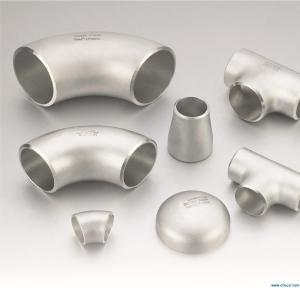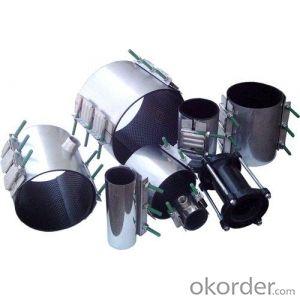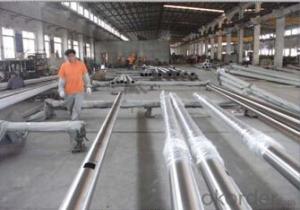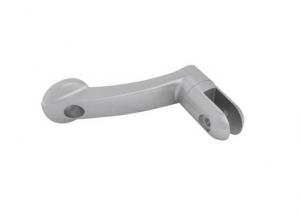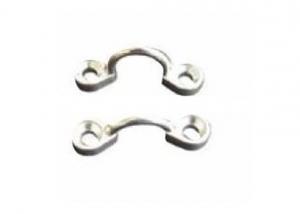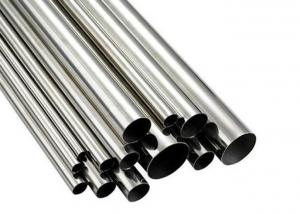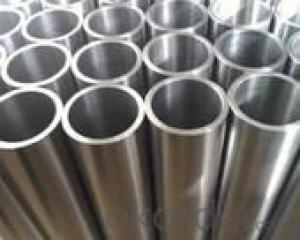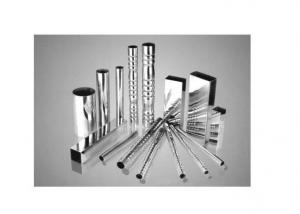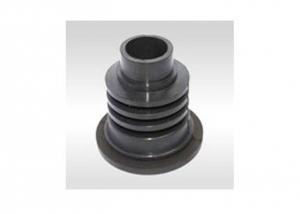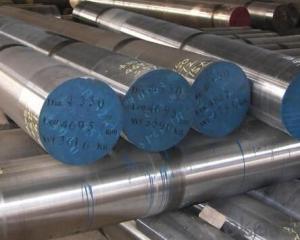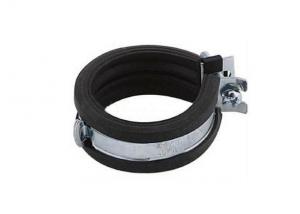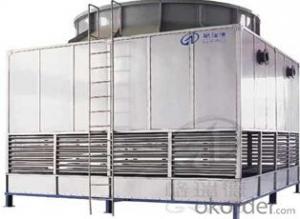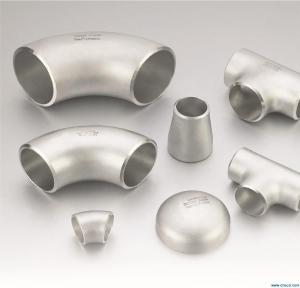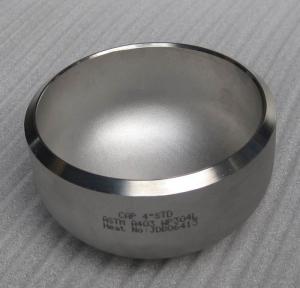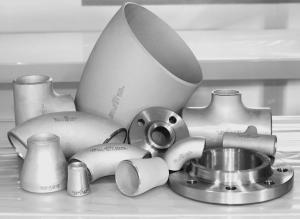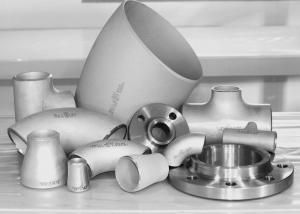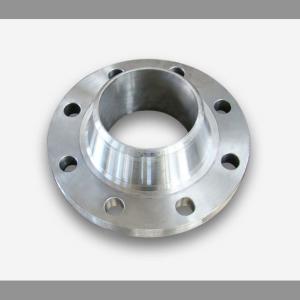Stainless Steel Cap
Stainless Steel Cap Related Searches
Stainless Steel Chimney Cap Stainless Steel End Caps Chimney Cap Stainless Steel Stainless Steel Chimney Caps Chimney Caps Stainless Steel Stainless Steel Cover Stainless Steel Strap Stainless Steel Tap Stainless Steel Top Stainless Steel Pipe Clamp Stainless Steel Clamp Stainless Steel Wrap Stainless Steel Collar Stainless Steel Tape Stainless Steel Capillary Tube Stainless Steel Snaps Stainless Steel Ap Stainless Steel Clasp Stainless Steel Piping Stainless Steel Pipe Clamps Stainless Steel Lamp Stainless Steel Pipes Stainless Steel Scoop Stainless Steel Scrap Stainless Steel Bar Top Stainless Steel Roof Stainless Steel Straps Stainless Steel Clip Ap Stainless Steel Stainless Steel Ice ScoopStainless Steel Cap Supplier & Manufacturer from China
Stainless Steel Cap, a product made from high-quality stainless steel material, is widely recognized for its durability and corrosion resistance. These caps are designed to provide a secure and tight seal, ensuring the protection of the contents within containers or pipes. They are commonly used in various industries, such as food and beverage, pharmaceuticals, and chemical processing, where maintaining cleanliness and preventing contamination is crucial.The Stainless Steel Cap is utilized in numerous applications, including sealing bottles, jars, and tanks, as well as capping pipes and tubes to prevent leaks and contamination. This product is also used in the construction of sanitary systems, where its corrosion-resistant properties help to maintain the integrity of the system over time. It is an essential component in various scenarios where maintaining a hygienic and secure environment is of utmost importance.
Okorder.com is a reputable wholesale supplier of Stainless Steel Cap, boasting a vast inventory to cater to the diverse needs of clients across different industries. With a commitment to quality and customer satisfaction, Okorder.com ensures that the Stainless Steel Cap products they offer meet the highest standards of durability and functionality.
Hot Products
